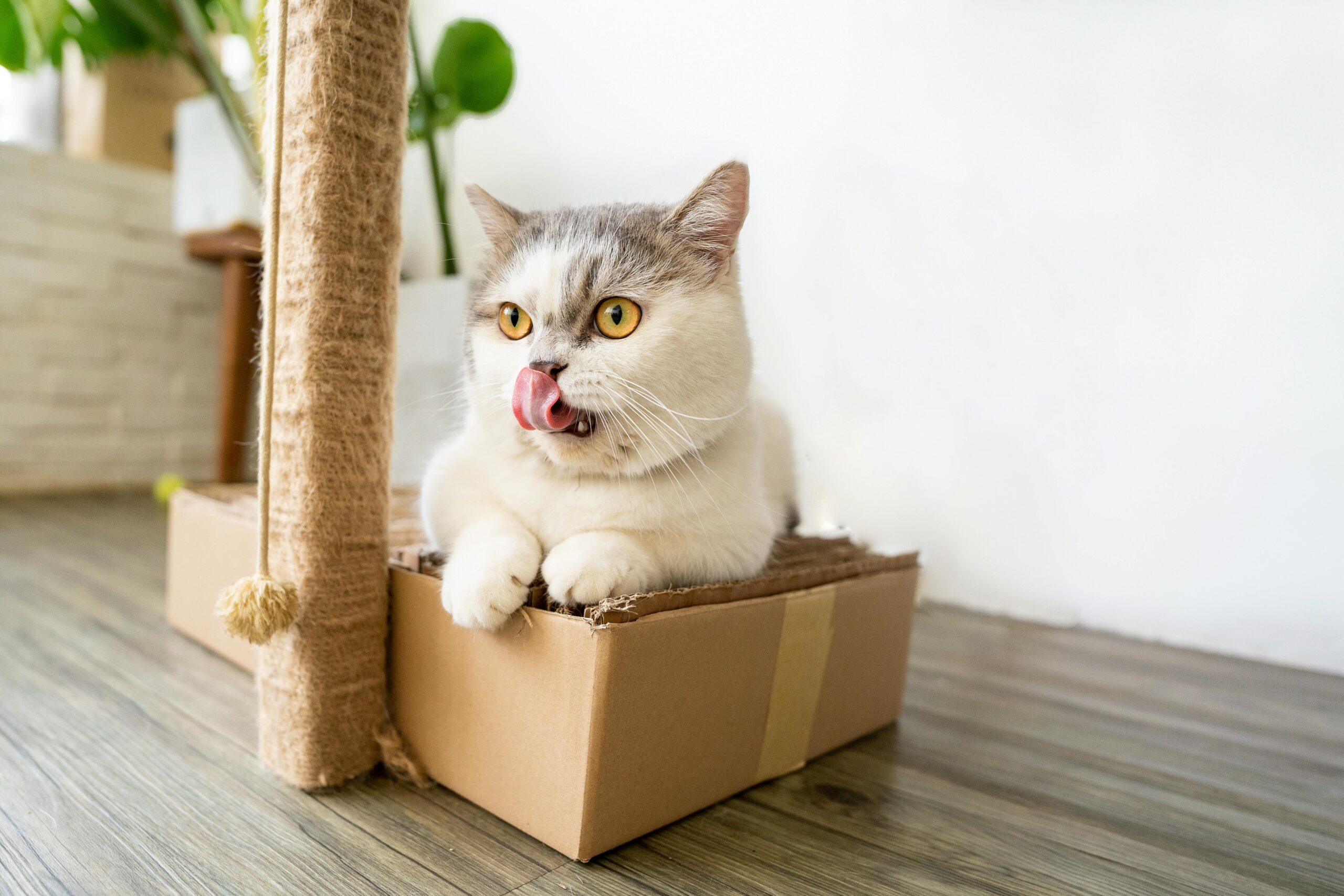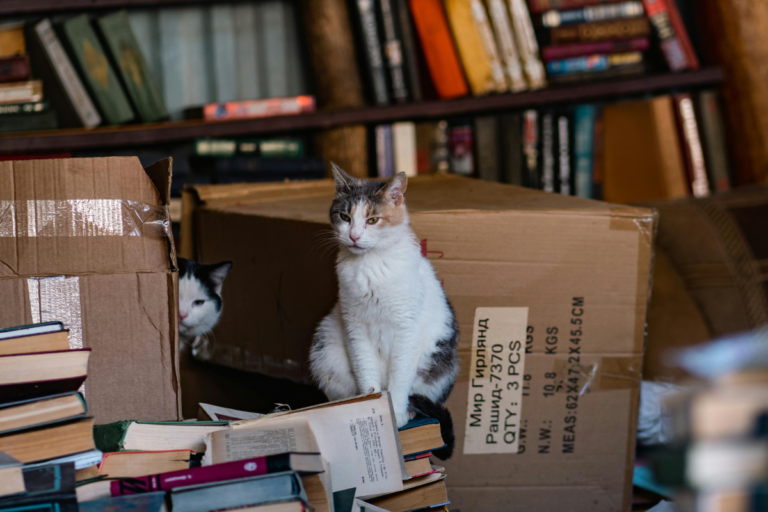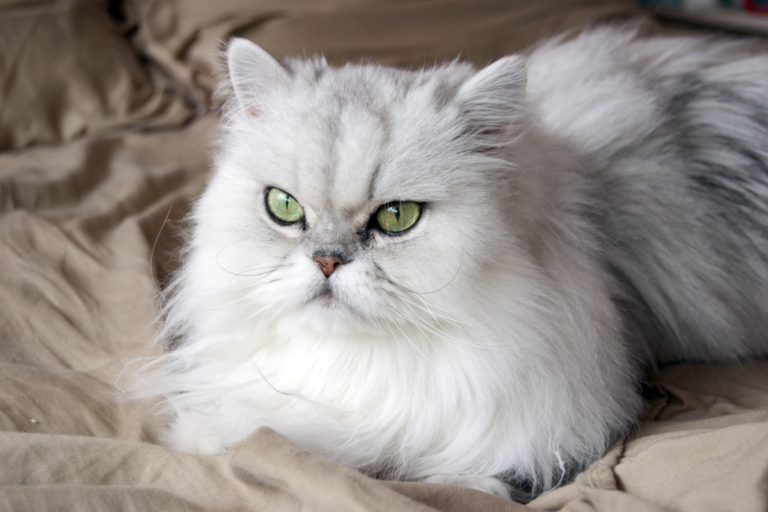Creating a Cat-Friendly Home: Routines, Spaces, and Enrichment
A cat-friendly home is more than just a litter box in the corner and a bowl of food on the floor. It’s a space that honors your cat’s instincts—hunting, climbing, hiding, and resting—while fitting seamlessly into your daily life. Whether you live in a small apartment or a big house, making intentional changes to your home can dramatically improve your cat’s happiness, behavior, and even health.
This guide walks you through how to build a daily routine, shape the physical environment, and add enrichment your cat will actually enjoy. Even small tweaks can go a long way toward a more peaceful and playful feline life.
Understanding What Cats Need at Home
To create a cat-friendly environment, it helps to understand how cats see the world. Cats are both predators and prey. That means they love high spaces where they can observe without being seen, quiet nooks for hiding, and opportunities to stalk, pounce, and “win.”
At the same time, most indoor cats sleep 12–16 hours a day and rely on their environment for both stimulation and security. When their space doesn’t meet their mental and physical needs, they can become bored, stressed, or even destructive. Some may develop behavioral issues like inappropriate meowing or furniture scratching in frustration.
A well-designed home helps your cat feel in control, comfortable, and entertained—all while reducing unwanted behavior.
Building a Feline-Friendly Daily Routine
Cats thrive on routine. While they may seem independent, they actually love knowing what comes next.
A basic daily rhythm for a healthy indoor cat might look like this:
- Morning: Interactive play and feeding
- Midday: Nap time in a sunny spot
- Afternoon: Gentle enrichment (window watching, treat puzzle)
- Evening: Another play session, then dinner
- Night: Calm winding down, cuddles or solo time
Stick to consistent feeding and play times. You can also use food puzzles or slow feeders to simulate hunting behavior. Routines reduce anxiety and help cats feel safe—even during changes like guests visiting or furniture moving.
Designing Spaces Your Cat Will Love
Cats see your home in vertical layers. What feels like an “empty wall” to you might be a climbing opportunity for your cat. Use vertical space intentionally with cat shelves, multi-level towers, or window perches.
Must-have zones for any indoor cat:
- Resting spots: Soft beds or blankets in quiet corners
- Hiding places: Boxes, tunnels, or partially enclosed beds
- Climbing & observation: Cat trees, bookshelves, or mounted perches
- Scratching zones: Place scratching posts near furniture they like to rub against
Older cats might need easier access to beds or litter boxes, so consider ramps or low-entry options.
Even if you don’t have much room, just giving your cat access to a sunny window and a sturdy scratching post can make a big difference.
Quick Guide to a Cat-Friendly Home Setup
| Category | Essential Features | Why It Matters |
|---|---|---|
| Rest & Sleep | Soft beds in quiet spots, access to high perches | Helps cats feel secure and promotes undisturbed sleep |
| Play & Activity | Wand toys, hunt-style games, rotating toy selection | Prevents boredom, mimics natural predatory behavior |
| Enrichment | Window views, puzzle feeders, catnip toys, cardboard boxes | Supports mental stimulation and reduces stress |
| Hiding Spots | Tunnels, covered beds, cardboard boxes tucked in corners | Allows retreat during stress or overstimulation |
| Vertical Space | Cat trees, shelves, window hammocks | Encourages climbing and observation, gives cats a sense of control |
| Scratching Areas | Scratching posts (vertical & horizontal), placed near favorite furniture | Protects furniture and allows scent-marking through scratching |
| Litter Box | Clean, uncovered, placed in quiet but accessible areas; 1 per cat + 1 | Reduces elimination issues, especially in multi-cat homes |
| Feeding Routine | Scheduled meals, use of food puzzles or hiding treats | Establishes predictability and mental engagement at meal times |
| Multi-Cat Setup | Duplicate resources (bowls, beds, boxes), separate spaces for rest and play | Minimizes tension, reduces competition and resource guarding behaviors |
Enrichment Ideas for a Happier Cat
Enrichment isn’t about buying expensive toys—it’s about offering your cat experiences that tap into their natural behaviors.
Some ideas to try:
- Rotation of toys: Keep a stash and rotate them weekly to prevent boredom
- Paper bags and boxes: Cheap and endlessly fun hiding spots
- Treat puzzles and feeders: Encourage problem-solving and slower eating
- Bird TV: Set up a perch by a window with a view, or play nature sounds
- DIY scent enrichment: Sprinkle catnip or silvervine on scratching posts
- Hunt-and-play games: Use wand toys to mimic prey movements
For cats who seem under-stimulated, enrichment can reduce tension and help with behaviors like yowling or aggression.
Managing Multi-Cat Households
If you have more than one cat, you’ll need to think about resource spacing. Cats don’t naturally share food bowls, litter boxes, or sleeping areas. Provide:
- One litter box per cat, plus one extra
- Multiple food and water stations
- Separate napping areas
- Multiple high spots to avoid competition
Tension between cats may show up subtly—one cat always avoiding another’s path, or silent staring. Giving them ways to “escape” or stay out of each other’s view is key. If issues persist, consult a vet or behaviorist to rule out medical causes and explore solutions.
Recognizing Signs Your Cat Isn’t Comfortable
Even in a loving home, cats can sometimes feel insecure. Signs your environment might need improvement include:
- Hiding frequently
- Avoiding litter box
- Overgrooming or scratching furniture
- Sudden aggression or clinginess
- Unexplained weight loss or changes in sleep
Cats are masters at masking discomfort. If you notice sudden behavioral changes, don’t wait—it could be environmental, emotional, or even health-related. Sometimes just adding a hideaway or moving a food bowl to a quieter location can ease the issue.
Disclaimer
This article is intended for informational purposes only and does not replace professional veterinary advice. Always consult with your vet if your cat shows signs of distress, illness, or behavior changes.



